Monday Dec 08, 2025
Monday Dec 08, 2025
Monday, 28 March 2022 02:20 - - {{hitsCtrl.values.hits}}
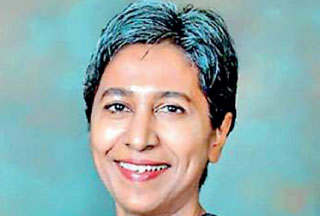
Dr. Dushni Weerakoon
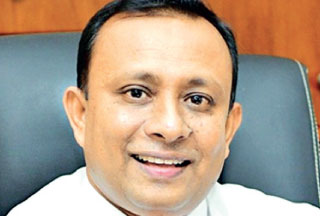
Prof. Shirantha Heenkenda
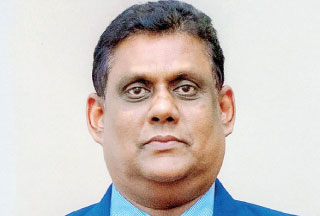
Prof. H.D. Karunaratne

Krishan Balendra

Ashok Pathirage
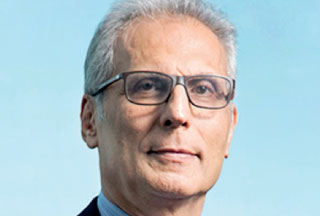
Ashroff Omar
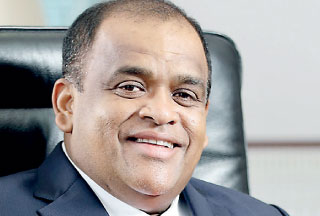
Dammika Perera
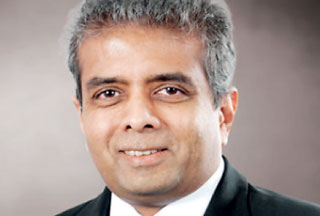
Dr. Hans Wijesuriya
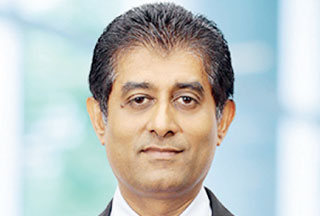
Duminda Hulangamuwa

Mohan Pandithage

Prabhash Subasinghe
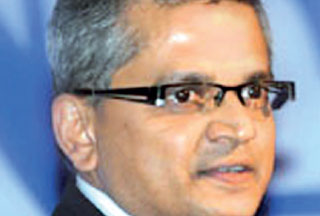
Ranjit Page
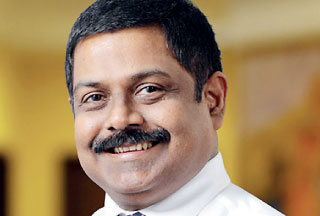
S. Renganathan
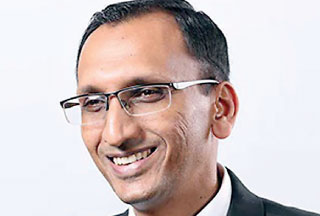
Sujeewa Mudalige
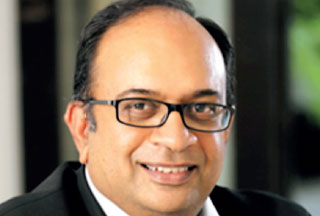
Vish Govindasamy
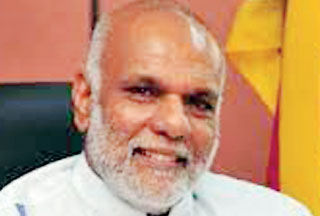
Suresh de Mel
 An advisory board mainly made up of busy businessmen
An advisory board mainly made up of busy businessmen
In a previous article in this series, I have advised the National Economic Council to engage a full-time advisor to guide it through the needed policy reforms which are urgently required (available at: https://www.ft.lk/columns/Advice-to-Economic-Council-Look-through-front-windscreen-and-not-rear-view-mirror/4-731925). I suggested that it should engage an independent think tank like the Institute of Policy Studies or IPS which is staffed with a dozen of macroeconomists and economists specialised in sector-based issues.
Since then, an advisory board has been appointed by the President’s Secretariat to advise the Council. It is mostly made up of top businessmen who are busy with tackling the issues relating to their business ventures rather than attending to national issues. There are three economists on the board, Dushni Weerakoon of IPS, Shirantha Heenkenda of the University of Sri Jayewardenepura, and H.D. Karunaratne of the University of Colombo. It has been reported that the board has made five recommendations to the Council possibly after studying the crucial issues faced by the country (available at: https://www.news.lk/news/political-current-affairs/item/33839-five-proposals-from-the-advisory-committee-to-the-national-economic-council).
These recommendations that take the form of firefighting involve appointing a technical team from the Ministry of Finance and the Central Bank to find ways of getting funds from abroad, engaging a financial advisor and a legal advisor immediately, possibly to help Sri Lanka in debt restructuring, the technical team should come up with a funding program immediately, identification of an expert team to advise the Minister of Finance, and resolution of supply side issues and focusing on confidence building exercises. Given the fact that all these advisors are engaged full time elsewhere, this is the best they can do: suggest that others should do the grease-monkey work.
Choosing to firefight rather than addressing the big issue
One thing is clear from this advice. That is, the board has not seen or not focused on the big picture and got themselves to a firefighting exercise. Given the gravity of the economic catastrophe facing Sri Lanka today, this is not the way either the Council or the Advisory Board should approach the problem. They should take a stock of the economy, diagnose the ailment, assess the various remedial measures available, and finally, come up with a plan to resolve the issue. It is a full-time job and cannot be accomplished by part-timers whose only availability is for meetings. That is why I suggested that the Council engage IPS for this purpose.
Current economic situ
To help the advisory board to apprise itself of the current situ, this is a quick run through. Economic recovery from the downturn caused by the outbreak of the pandemic is not quick as predicted by the Central Bank and the Ministry of Finance earlier and it will be a prolonged exercise taking several years. Growth will therefore fall to near zero level in 2021 and 2022 and slowly recover thereafter. At most, Sri Lanka will return to its long-term growth potential of 5% per annum only after 2025. The country cannot wait that long for economic recovery and the present challenge is to change this growth pattern and quicken the pace.
Policy error in the form of losing revenue
Another matter which should receive the attention of the advisory board is the perilous state of the Government budget hampered by the loss of revenue and ballooning of the expenditure. Revenue fell from 13% of GDP in 2019 to less than 9% in the current period. This negative revenue shock is mainly due to the offering of an unsolicited tax concession package to income tax payers and value added tax payers in December 2019. The total loss of revenue due to this measure in 2020 and 2021 has been about Rs. 500 billion a year. In 2022 too, a similar decline has been projected. But at the same time, the total expenditure of the Government ballooned due to the extra expenditure that had to be incurred to tackle the pandemic.
As a result, the total budget deficit which was around 5-6% of GDP has shot up to above 11% which is unaffordable. The worst outcome is the dramatic increase in the deficit of the revenue account of the Government known as the government’s consumption over income or government’s dissavings. Historically, this deficit was about 1-2% of GDP; but now it has increased to about 7% of GDP requiring the Government to borrow heavily for consumption purpose Anyone who consumes out of borrowed money will run to his limit and once that limit is reached, he has no other alternative except kneeling down before his creditors.
The Advisory Board does a service to the nation if it can bring this to the notice of the Council and prevail upon it to amend its ways to follow a prudent budgetary policy. What this means is that the Government should restore the tax system that had prevailed prior to 2019 and put its house in order. No government can resolve this issue permanently by introducing one-time surcharges to high income earners and imposing ad hoc increases in the VAT paid by financial institutions. Without this fiscal reform, it is unlikely that Sri Lanka could restore its growth.
Financing the budget by borrowing from banks
Because of the high budget deficit, the Government has resorted to borrowing from the domestic market. It could not borrow from foreign markets because its sovereign bonds issued earlier have been traded in the secondary markets at a deep discount indicating a super increase in yield rates and the rating agencies have already cut their rating of government’s sovereign borrowings. However, the domestic market also dried up of savings because of the low interest rate policy followed by the Central Bank to stimulate the economy.
Hence, there was no option except borrowing from the banking sector, both the central bank and commercial banks. These borrowings during the 25-month period from December 2019 have increased by Rs. 4.2 trillion or 173%. It has contributed to the increase in the money stock which ordinary people loosely call money printing by Rs. 3 trillion or 40%.
Money affects prices and exchange rate
Though the two Governors of the Central Bank since 2019 had maintained that money does not affect inflation or currency depreciation, they have now been proved wrong. They had been correct to some extent because there is a way to increase the money stock without causing inflation or currency depreciation. That way is if money supply increases at the same rate as real economic growth it is neutral on prices and hence on the external value of the rupee as well.
But if money increases over and above the real economic growth, known as excess money creation, it chases after goods and services pushing their prices up domestically and reducing the value of the rupee in the international markets. This is exactly what has happened to Sri Lanka. Inflation is raising its ugly head with an overall inflation of about 17% at end-February. The food inflation, because of the shortages created by Government’s flash drive for organic farming, has accelerated to 25%.
True inflation is what matters
The Advisory Board should not get misled by these numbers published by the Department of Census and Statistics which reckons only the money price and not the total sacrifice made by a consumer to acquire a commodity. For instance, if a consumer must stand in a queue for eight hours to get a packet of milk food, the lost income during that period known as the opportunity cost should also be added to the price of the packet. Since queues have been the norm of the day in Sri Lanka today, be it fuel, gas, milk food or other medicines, the true inflation is much more than the money-price inflation compiled by the Census Department.
Following this method, Steve Hanke, an American economist, has put Sri Lanka’s inflation at end February to 49%. So long as this hidden inflation prevails in the economy, the Central Bank has not attained its objective of economic and price stability, people have lost their welfare, and the nation cannot be said to be economically happy. Under these conditions, no one will bring dollars to Sri Lanka because they know that those dollars will disappear faster than they have arrived. It is a situ where the whole economy is ailing critically with life support given by friendly nations and central banks. Then, there is no point in appointing those expert groups, financial advisors or legal advisors or experts, because they are dealing with a dying patient who have no prospect of recovery through the medication which those experts may prescribe. I believe that this message should be very strongly communicated to the Council.
Letting rupee to have a freefall
The Central Bank had been forced to let the currency to have a freefall in the market in early March, not because it has changed its policy but because it did not have any more weapons to shoot. Though this can be called free floating, it has not been done by choice but by circumstances. As I have pointed in my previous article on the subject, the Bank, caught by the predictable outcome of its own erroneous policy, has done it in the wrong way (available at: https://www.ft.lk/columns/Collapse-of-the-rupee-Is-it-sudden-or-orchestrated-by-Central-Bank/4-732246). That is why the Bank could not eliminate its worst enemy, the thriving black market for dollars, and had to chase after it day after day.
The rupee initially fell to 230 per dollar, then to 245, and further to 255, 265, 285 and now close to 300. The market is still unstable and does not know where it would end. What are the errors made by the Central Bank? It kept its lending rate at 7.5% when the going inflation rate was 17.5% and its guiding inflation, the core inflation without food, energy and transport price changes, above 14%. When the exchange rate was wabbling, it did not have a support pole like IMF to stand-by. And it still does not have because the Bank and the government have been very vague and confusing about Sri Lanka’s seeking a loan facility from IMF. All statements relate to future action.
A third error was committed after the rupee was allowed to have a freefall. That was, the Bank made it mandatory for commercial banks to sell 50% of the foreign exchange which they have bought from customers to the Central Bank thereby drying up the interbank forex market. Without ready dollars available, a customer should now stay in a queue or resort to the black market for dollars. This is a de facto nationalisation of dollars because as claimed by the Bank, it can now use them for more urgent needs like paying for fuel.
It is a flimsy excuse because even when they are available in banks, they could have been sold to customers for the same purpose and banks do not have to incur an exchange conversion cost. That is because banks have to sell those dollars at a lower price and buy the same at a higher price again. The only outcome is that the Central Bank can now claim that it buys dollars from the market, and it has increased its foreign exchange reserves. But the impact has been disastrous because it has removed the life support system from a patient critically ill in an intensive care unit. The advisory board should correctly apprise the Council of the policy gap and the need for the Government to make the announcement that it will seek a loan facility from IMF.
Alarming increase in the net negative position of foreign assets of banks
Another fact which the advisory board should get itself acquainted with is the rising negative net foreign exchange position of the banking system. Though the gross reserves have been reported by the Central Bank as $ 2.3 billion, its net foreign assets have been negatived at $ 3.2 billion at end-January mainly because of the high foreign exchange liabilities, estimated at $ 5.5 billion, it has assumed. And this number is rising month after month. In the case of commercial banks, the foreign assets have been negatived to the extent of $ 2.8 billion.
Given the total debt repayment commitments of Sri Lanka during the next 12-month period amounting to staggering $ 8.9 billion, the rising negative net asset position of Sri Lanka will place it in a very poor stand with respect to honouring its debt obligations. Hence, any more suggestions by the Central Bank to go for SWAPs or short-term loans from friendly countries should be discouraged.
Recognise the difference between the financial sector and the real sector
This is the bleak macro situ faced by Sri Lanka today. To rescue the country from these multitude of ailments mainly concerned with the financial sector and put it on a sound growth path, it is necessary to correct it first to create an environment conducive for growth. That is because curing of financial ailments is necessary but not sufficient for promoting the real sector in the economy.
Financial sector is handled by the Central Bank, commercial banks, and other financial sector institutions which produce only a nominal product. As against them, the real sector is being handled by thousands of private individuals, businesses, and also the Government which too could promote it by taxing people and investing in real products. Together they contribute to the total output in the economy. The advisory board should take this factor into account and propose immediate, short, medium and long-term policy parameters for adoption by the Council.
The immediate ones involve the deferment of the organic drive to a long horizon and restore the old chemical fertilisers and pesticides-based agriculture in the country. A good guide can be obtained by the advisory board in this regard if it refers to the collection of papers on the subject by scientists under the title ‘The Future of Agriculture and The Agriculture of the Future: From Beaten Tracks to Untrodden Paths’ and edited by Sri Lankan scientist Ranjith Senaratne. My review of the book can be accessed at https://www.ft.lk/columns/The-Future-of-the-Agriculture-and-the-Agriculture-of-the-Future/4-731185.
Improve productivity across the board
The other policy parameters involve improving productivity across the board in Sri Lanka’s economy, from government services to education, healthcare, agriculture, industry, services and so on. Sri Lanka boasts of having the most literate workforce in the region. But what is the use of that workforce if its output low because it adopts primitive methods for delivering its services. Imagine the predicament of a first-class graduate joining the Government service but should drown himself of a heap of files and papers day in day out.
By using modern ICT, that unnecessary workload can be cut by 90% and use his time more productively. A case in point here is the conversion of the Dompe District Hospital to the first ever e-Hospital in Sri Lanka when even the private sector hospitals have been following primitive methods for patient management (access at: https://www.youtube.com/watch?v=-YqujXDfHHQ). I have covered this in a previous article in this series accessible at https://www.ft.lk/w-a-wijewardena-columns/public-servants-salary-hike-productivity-improvement-and-lessons-from-dompe-ehospital-project/885-386500). This should be replicated in all Government institutions.
Similarly, Sri Lanka should move away from the present low-tech product base to high-tech product base to join the Fourth Industrial Revolution or Industry 4.0. How it should be done has been presented in detail by the Institute of Policy Studies in its State of the Economy 2019 Report. It behooves the advisory group to master this document and apprise the Council appropriately.
In my view, the advisory board should desist itself from getting engaged in firefighting and look at the big picture so that it could make some worthwhile suggestions to take Sri Lanka out of the present malaise.
(The writer, a former Deputy Governor of the Central Bank of Sri Lanka, can be reached at [email protected].)